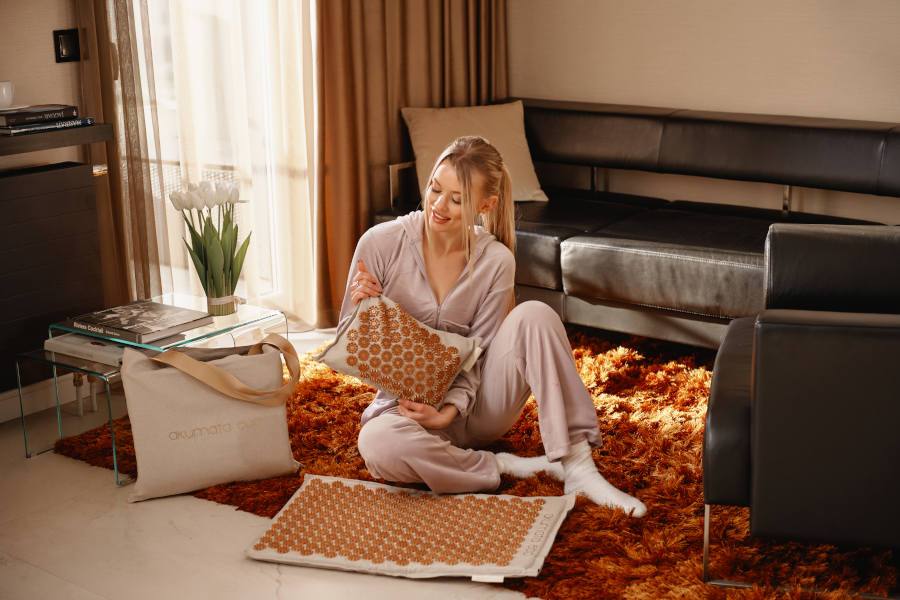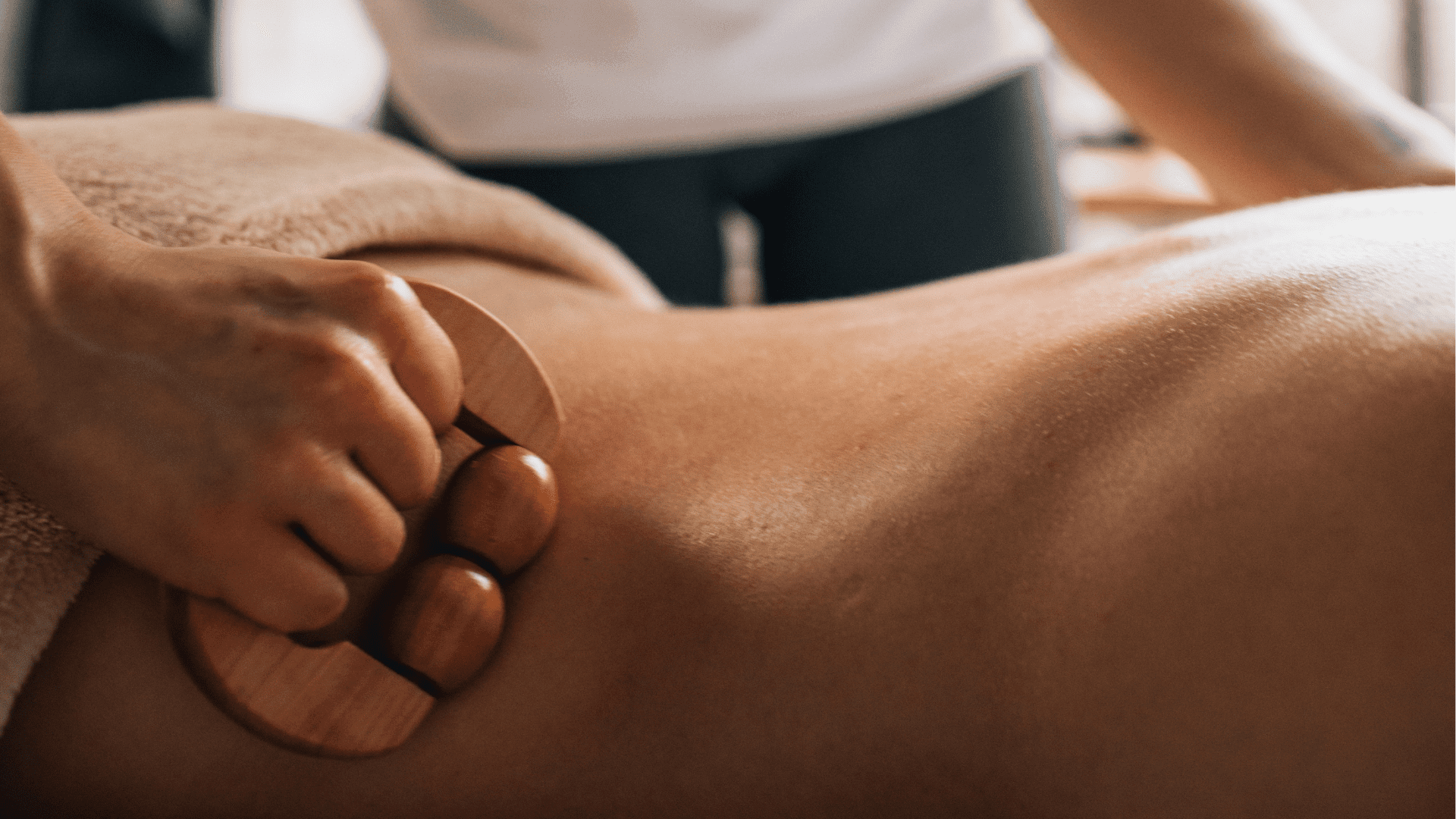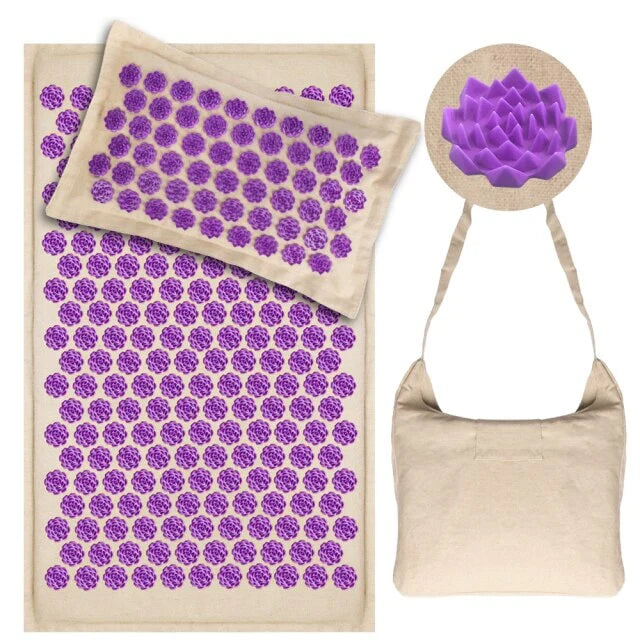By simultaneously pressing two acupuncture points, Jin Shin Do® is an acupressure technique that attempts to relieve both physical and mental tension in the body. It is a blend of several Western psychotherapies, Taoist philosophy, and conventional Japanese and Chinese acupressure beliefs.
Iona Marsaa Teeguarden, a psychotherapist, created the method in the 1970s in the United States. She spent years learning traditional Chinese acupressure, Qi Gong, Jin Shin Jyutsu (a Japanese acupressure method), traditional Japanese acupressure, and the connection between emotions and meridians.

Iona Teeguarden found significant parallels between the emotions typically connected to acupressure meridians and the mind-body therapies based on the work of Austrian psychiatrist Wilhelm Reich throughout her research.
She discovered that the chronic muscle tension rings (also known as "body armor") could be relieved by acupressure. She consequently developed a technique that uses breathing and acupressure sites to calm the body and mind.
The particularities of Jin Shin Do

Similar to acupuncture and shiatsu, Jin Shin Do® aims to enhance the body's energy flow. While acupuncture and acupressure concentrate on the meridians that are connected to the organs, Jin Shin Do® concentrates on eight particular meridians known as "wonder vessels" or "extraordinary meridians".
These harmonize the many meridian pathways of the organs and regulate the body's energy flow. The sole acupressure method based on the remarkable meridians is called Jin Shin Do®.

The method stands out for its touch as well. Instead of using needles, practitioners use their fingers to gently yet firmly push on the acupuncture sites. In contrast to shiatsu massage, they don't move the patient while giving the therapy and don't utilize their elbows, knees, or feet.
But the mind-body component of Jin Shin Do® is what makes it so unique. In order to remove blockages and muscular tensions, the therapist assists the patient in recognizing the signals sent by his or her body and in expressing any emotions that may occur.
The way of the compassionate mind

The name Jin Shin Do®, which corresponds to the particular shade of the technique, means "the way of the compassionate mind". As a result, the therapist meditates throughout the course of the therapy session, listens to his patient attentively, and encourages him to feel what is happening inside of him.
The patient is invited by the therapist to address the physical source of their discomfort or tension and to be receptive to the thoughts, feelings, and images that come up. They could also advise using abdominal breathing to help release tension, or they might advise employing techniques like visualization and concentration to help people express their feelings.

However, Jin Shin Do® practitioners follow a golden rule: respect their boundaries, avoid attempting to pass as competent psychotherapists, and when required, refer their patients to a qualified individual. Additionally, they pledge to respect the boundaries and requirements of their patients, including both those who choose to express their feelings and those who would rather keep quiet.
Therapeutic applications

On Jin Shin Do®, there are no published scientific investigations. The traditional outcome of a therapy, according to its practitioners, is a state of profound relaxation, a decrease in stress and overall tension, and a sense of having more energy. According to Iona Teeguarden, Jin Shin Do® can considerably lower stress by releasing the body's armor, the persistent stiffness that develops over time when we repress our emotions.
Anyone who experiences stress, muscle discomfort, sciatica, migraines, respiratory issues, or other functional issues related to menstruation and digestion may consider Jin Shin Do®. The technique aims to activate the body's self-regulating system to restore energy and advance healing rather than prescribing certain acupuncture spots for particular diseases.

Due to the method's extreme gentleness, there aren't many treatments that should be avoided by pregnant women. Even those with AIDS or cancer who cannot receive more intensive treatments appear to be safe from it.
In practice

A brief questionnaire and interview are typically conducted prior to the visit to determine the patient's needs and state of health. Sessions last an hour to an hour and a half. The patient receives the massage while remaining fully dressed and laying on a massage table on his or her back.
The acupuncturist precisely presses two acupuncture sites at once. He or she uses one hand to stimulate a local location, which is typically found in a painful or tense place, and the other to stimulate successive points farther from the initial site.
To aid in the release of tension and promote energy flow between the spots, the therapist uses light pressure. The therapist could recommend Qi Gong exercises after the treatment to keep the energy moving.








